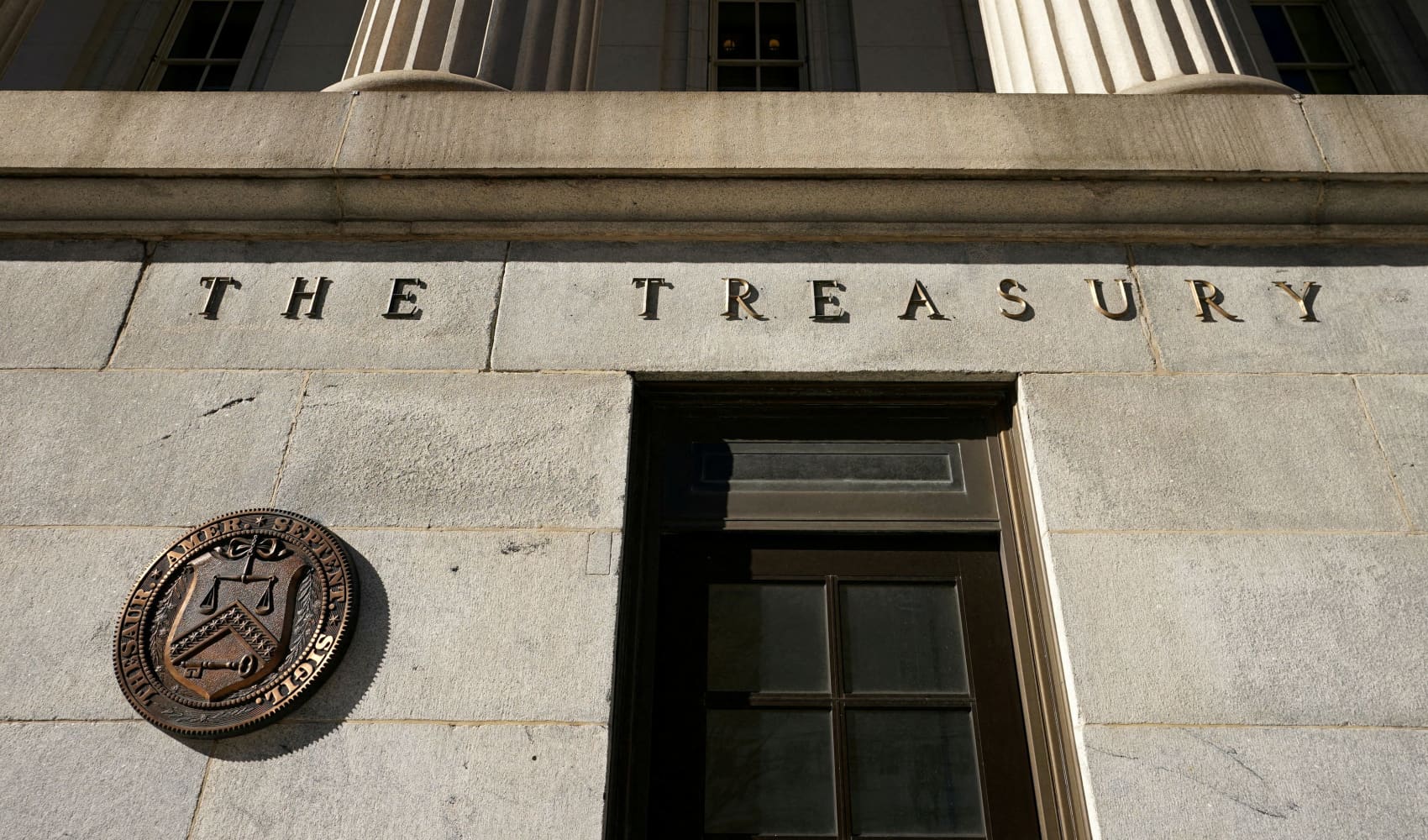AI Sentiment: Cautiously Bullish
Reason: The unexpected budget surplus suggests improved fiscal health, though long-term challenges remain, indicating potential for cautious optimism.
The U.S. Treasury Department has reported an unexpected budget surplus for June, a development that has caught the attention of economists and financial analysts alike. This surplus, amounting to $11 billion, stands in stark contrast to the budget deficit that many had anticipated. One of the primary drivers behind this surprising fiscal outcome has been a significant increase in tariff receipts, which surged to approximately $8 billion for the month.
Analysts attribute this boost in tariff revenues to the ongoing trade policies and tariffs imposed on various imports. The increase in receipts indicates that the government's efforts to leverage tariffs as a means of generating revenue are beginning to yield results. This is particularly notable given that tariff collections had previously shown signs of stagnation.
In addition to the spike in tariff revenues, other factors contributing to the surplus include a modest rise in individual income tax collections and a reduction in government spending. The Treasury's report indicates that total revenues for June reached $450 billion, while total outlays were about $439 billion. This positive balance reflects a more favorable fiscal environment than what was originally forecasted by many economic experts.
While this surplus is certainly a welcome sign for the federal budget, it is important to consider the broader economic context. The surplus may provide a temporary reprieve from concerns regarding the national debt and ongoing budget deficits. However, it does not eliminate the long-term challenges that the federal government faces in managing its finances.
The unexpected surplus in June has sparked discussions among policymakers about the potential for future fiscal strategies. Some economists argue that this could pave the way for increased investments in infrastructure and other critical areas, potentially stimulating economic growth. Others caution against complacency, emphasizing the need for a sustainable budget strategy that addresses both revenue generation and expenditure control.
As the government navigates these fiscal complexities, the focus will likely remain on the sustainability of such surpluses in the future. Stakeholders will be watching closely to see if the trend in tariff receipts continues and how it might impact overall budgetary health going forward. While this month's surplus is a positive development, it serves as a reminder of the intricate balance required in managing the nation’s finances.




